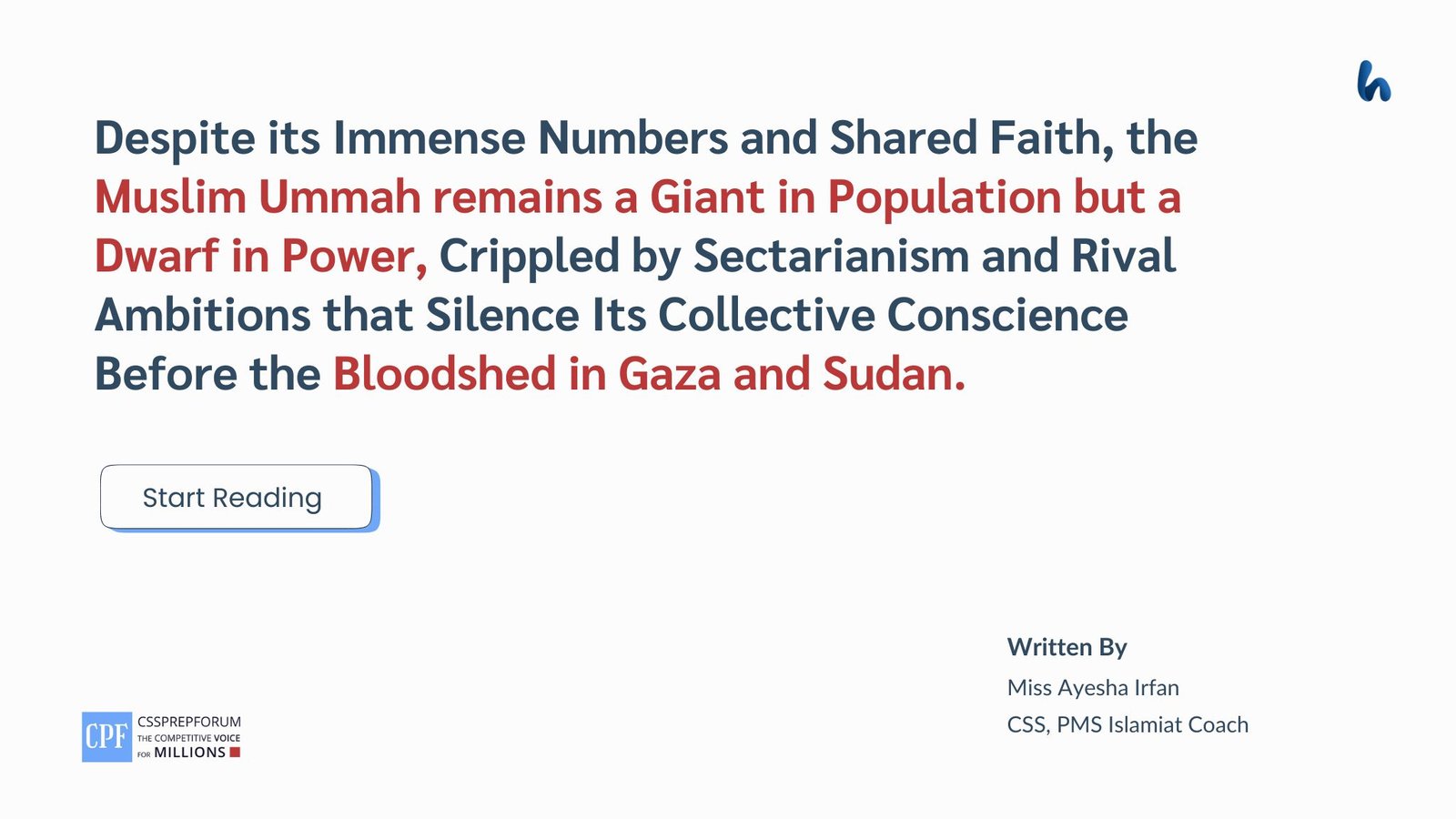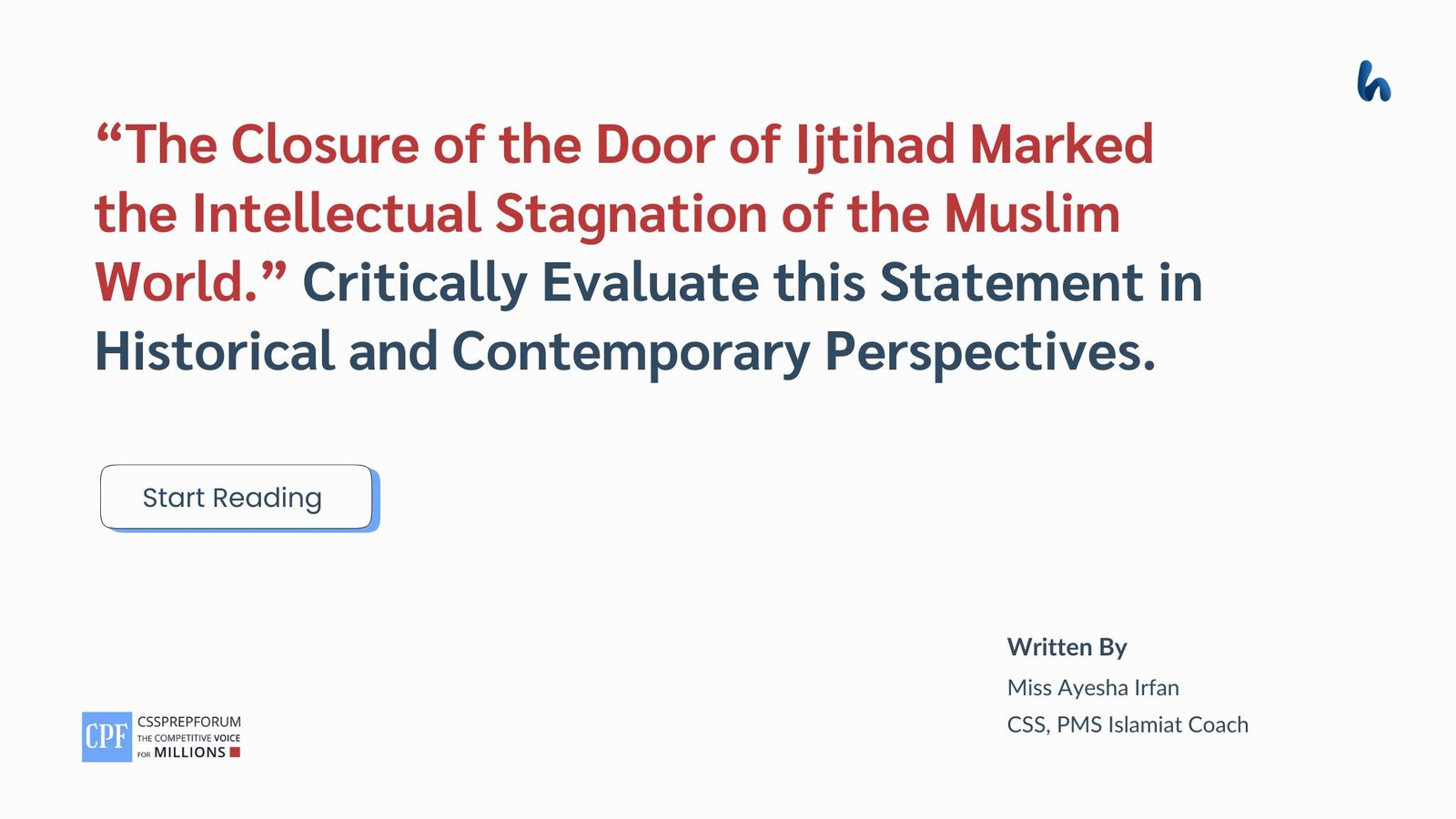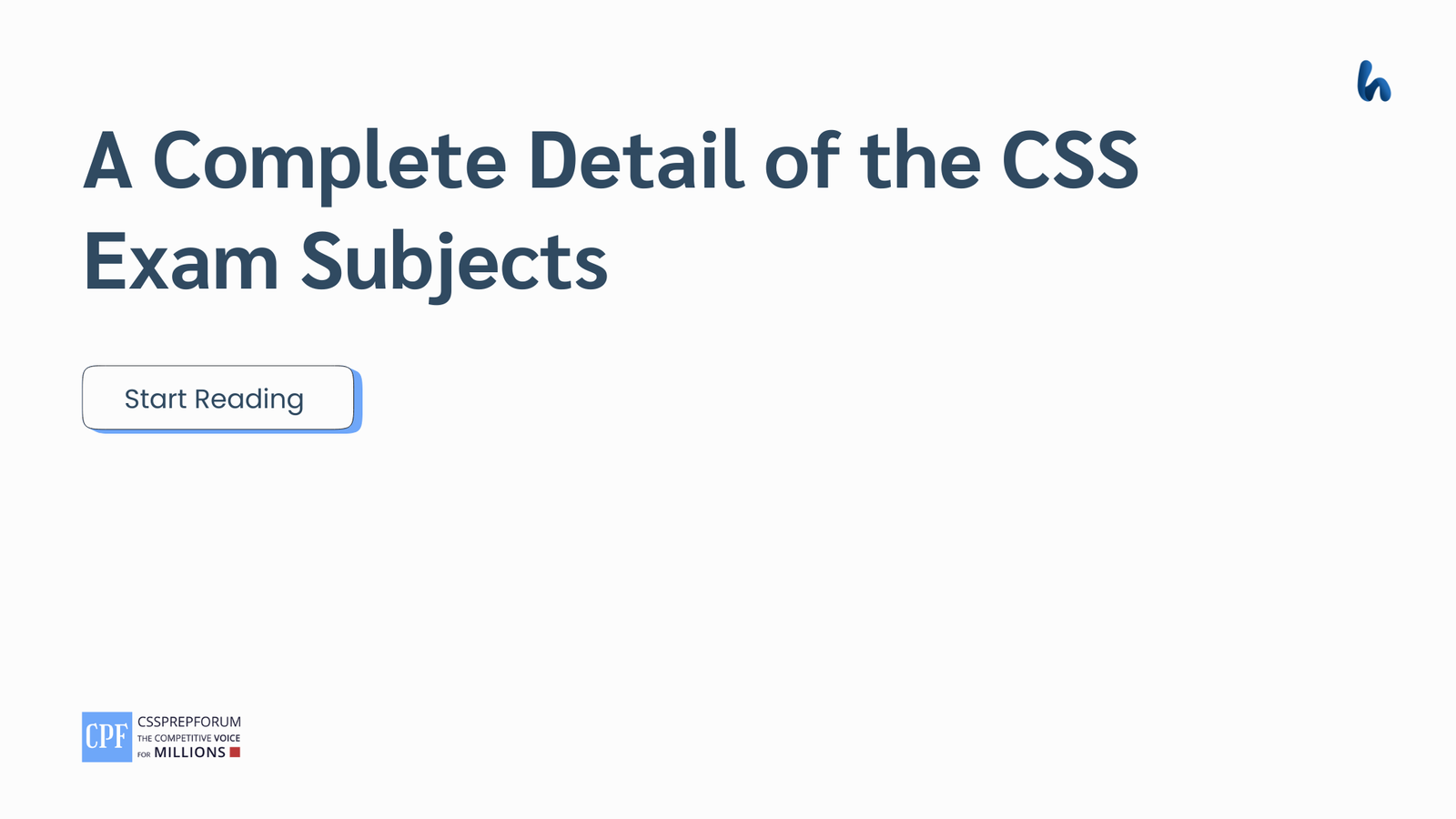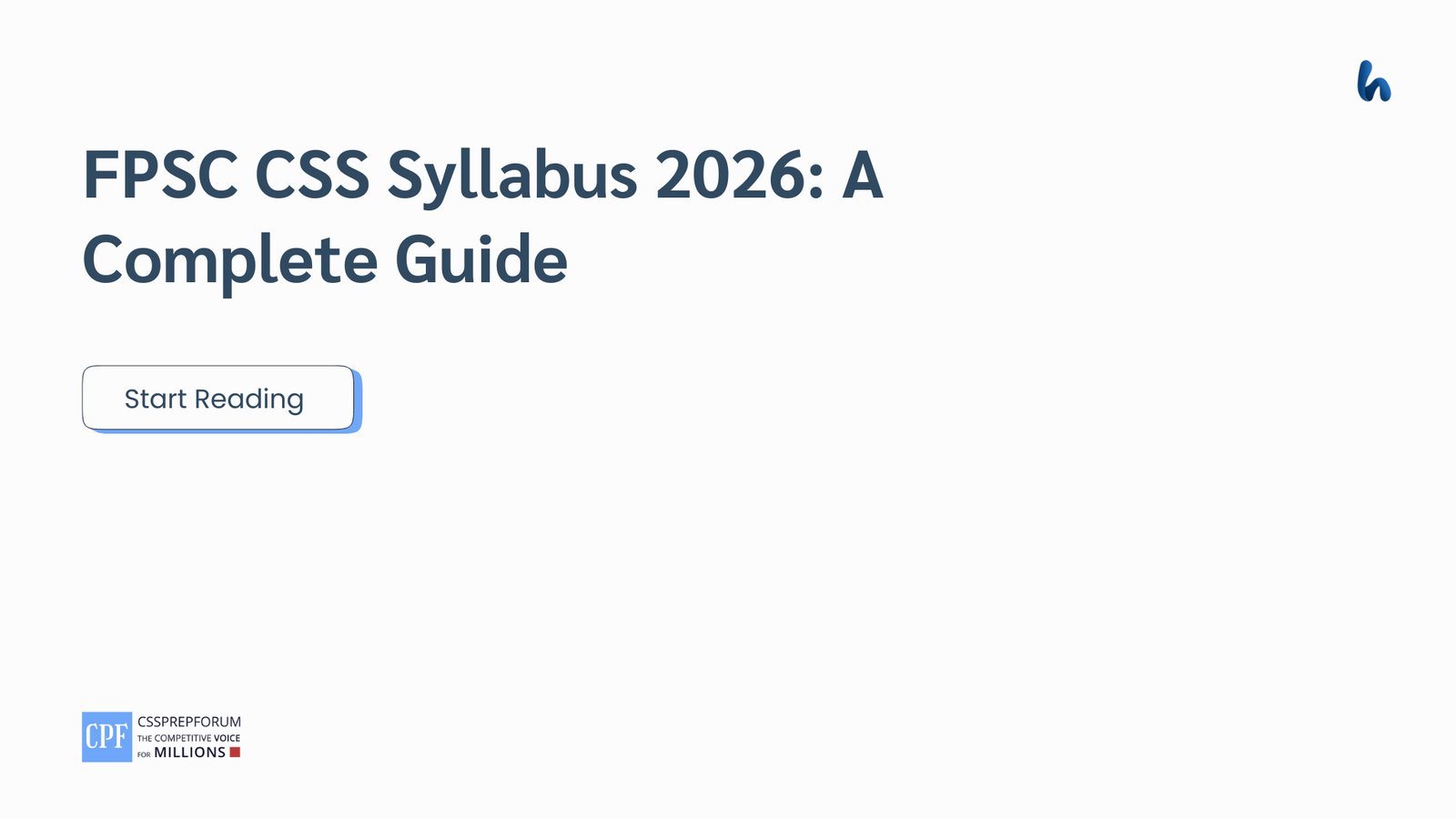Education System Problems Worldwide | Daily Writeup | Opinions
The following article, “Compare Problems in the Education Systems Worldwide and Those in Pakistan.”, is written by Amna Sehrish, a student of Sir Syed Kazim Ali. Moreover, the article is written on the same pattern, taught by Sir to his students, scoring the highest marks in compulsory subjects for years. Sir Kazim has uploaded his students’ solved past paper questions so other thousands of aspirants can understand how to crack a topic or question, how to write relevantly, what coherence is, and how to include and connect ideas, opinions, and suggestions to score the maximum.

Outline
1- Introduction
2- Importance of the education system
3- What are the challenges of the education system worldwide?
- ✓Lack of quality teachers
- ✓Compromised quality of education
- ✓Little curriculum relevancy
- ✓Low financing
- ✓Governance role and policy making
4- Problems in the education system of Pakistan
- ✓Untrained teacher
- ✓Theoretical learning
- ✓Outdated curricula
- ✓Lowest budget for education
- ✓Political instability
5- Suggestions to improve the education system
- ✓To work for teacher education and training
- ✓Need to update the curriculum
- ✓To increase the educational funds
- ✓To make and enforce feasible policies
- ✓Integration of technological education
- ✓To provide a supportive learning environment
6- Critical analysis
7- Conclusion

Answer to the Question
Introduction
Education leads a nation toward prosperity and strengthens its political, social, cultural, and economic condition. A sound education system is a viable source of achieving said indicators. However, the education system worldwide, as well as in Pakistan, has faced many problems that impede the country’s growth. Several factors are responsible for the flaws in Pakistan’s education system, including outdated curricula, untrained teachers, theoretical rather than practical learning, the lowest budget for education, and political instability. Further, the global issues in the education system are not much different, comprising the absence of quality education, lack of skilled teachers, low financing, little curriculum relevancy, bad governance, and poor policymaking. Although Pakistan’s education system faces several challenges, awareness regarding the significance of education has seen rapid growth in recent years. While the people’s interest and understanding regarding the importance of education has remained relatively stagnant globally, it has increased substantially in Pakistan, particularly regarding women’s education after Malala Yousufzai’s global prominence. Certainly, there is a dire need to overcome such drawbacks with the help of an increased budget, trained teachers, an updated curriculum, proper policy making and its implementation, and integration of technological education in the education sector. Nevertheless, countries with sound education systems and high literacy rates also exist as examples for others. In short, education is oxygen for a nation, which helps keep its breath stable. This answer deals with comparing problems in the education system in the global and Pakistani contexts.
Importance of the education system
In the complex and diverse mosaic of a nation’s progress, education provides the foundation for development and growth while preparing future generations for multiple disciplines and functions. Education is essential to a nation’s development and growth. It makes people aware of new and advanced technologies that help a country’s prosperity. Consequently, education provides people with the necessary skills and competence to achieve their personal and professional goals, and a strong education system strengthens this motivation. Countries with sound education systems and providing quality education as prioritised policies experience exponential growth. For example, with a literacy rate of 99%, Japan demonstrates that an emphasis and focus on skill development and training rather than conventional examinations during early years offers a higher impact than traditional education policies. There are no exams in the country until the child reaches 10. As a result, the country’s youth exhibit excellent learning and development during their early years. This approach undoubtedly aids in developing a well-educated population while contributing to the nation’s strength.
A Bird’s Eye View of the Education Systems Worldwide and in Pakistan
Today, Pakistan faces numerous problems, such as poverty, insecurity, terrorism, and sectarianism. The rationale behind these issues is the lack of general awareness, tolerance, and rampant illiteracy. Education, unfortunately, has been treated like a stepchild in Pakistan. Hence, the education system failed to raise the nation politically, economically, and socially. Similarly, the global education system has witnessed a paradigm shift in recent years due to shifting priorities and policies. Due to the COVID-19 pandemic, education systems have experienced unprecedented issues because of a lack of preparedness and mechanisms to cope with the rapidly changing circumstances and requirements. The transition to digital learning platforms has revealed major differences in access to technology and internet connection, altering students’ learning experiences worldwide. The pandemic has worsened education-related issues and inequities in many nations, emphasising the need for flexible, adaptive, and resilient education institutions that relieve rather than deepen the digital academic gap.
Challenges of the Education System in the Global Context
Lack of quality teachers
One of the primary problems for the 21st-century education system is to supply trained instructors who can educate and prepare the future generation. Countries such as Sweden and South Africa will face substantial challenges in the future due to an expanding teacher shortage and teacher retention concerns. Up to 50% of new teachers in the United States quit the profession after five years. On the other hand, Sweden and South Africa have proclaimed an unrestricted right to excellent education for everyone, which will be difficult to implement if schools do not have trained instructors. Transferring information to future generations is a worldwide issue.
Compromised Quality of Education
Another global concern is the deteriorating quality of education, which influences the effectiveness of learning outcomes. Overcrowded classrooms, antiquated teaching techniques, and inadequate resources plague education institutions in many nations and lead to compromised quality of education. These settings often result in a subpar educational experience, impeding students’ development of critical thinking and problem-solving abilities. In India, for example, despite increasing enrollment rates, education quality in many public schools remains a significant problem, with many students lacking essential reading and arithmetic abilities. This quality of education problem is not limited to poor or developing countries; even in rich countries, there is a continuous discussion regarding the efficiency of education systems in providing students with the essential skills for the contemporary workforce.
Little Curriculum Relevancy
The difficulty of determining whether or not the curriculum is relevant to the modern world crosses national boundaries. A significant number of old curricula have become outdated as a result of rapid technology breakthroughs and shifting social requirements. Thus, it is required that the curricula are updated and adapted to guarantee alignment with the current labour market needs and society’s expectations. For example, the Finnish education system received recognition for its forward-thinking approach to creating its curriculum, which emphasises interdisciplinary learning and the overall well-being of its students. The approach starkly contrasts with many other nations’ strict, examination-oriented curricula.
Low financing
Insufficient financing is a significant problem that is harming education globally. The absence of adequate financial resources results in a deficiency of infrastructure, instructional materials, and instructors who have received sufficient training, all of which are essential components of an education of superior quality. Many African nations, for instance, have had insufficient educational infrastructure due to low finance, which has contributed to high dropout rates. On the other hand, countries such as Norway and Denmark devote much of their gross domestic product (GDP) to education, reflected in their respective countries’ excellent education standards and achievements.
Governance Role and Policy Making
The efficacy of governance and policymaking measures significantly influences the formation and quality of education systems. However, many nations deal with weak governance, which results in the inefficient implementation of education programs and reforms. Several factors can inhibit the growth of education programs, including but not limited to political involvement, lack of accountability, and corruption. As an example, consider Brazil. The country’s political unrest and widespread corruption have hampered efforts to improve education, leading to disparities in access and quality.
Problems in Pakistan’s education system
Likewise, many problems plague Pakistan’s education system, threatening its efficacy and the nation’s progress. These systemic issues have far-reaching consequences for the country’s socioeconomic development.
Untrained teachers
Training plays a vital role in quality performance, whereas a teacher is the spinal cord of the education system. There is a lack of training opportunities in Pakistan, owing to which the quality of teachers in Pakistani schools is appalling. Despite having respective training institutes in the country, the nation does not have well-trained teachers. The presence of unskilled and underqualified instructors is one of the most pressing challenges in Pakistan’s education system. Ineffective teaching approaches and low student outcomes originate from a lack of professional training. Teachers often lack fundamental pedagogical abilities and subject matter competence in rural locations and some metropolitan institutions. This shortcoming lowers education quality and leads to high dropout rates because students do not get the necessary supervision and assistance.
Theoretical Learning
Second, the education system in Pakistan places a significant premium on memorisation and theoretical learning while offering very little attention to the actual application of this knowledge. The student’s capacity for critical thinking and creative expression is stifled by this method. Students’ capacity to apply information in real-world settings is hindered due to the emphasis placed on memorising rather than comprehension, which leaves them unprepared for the obstacles they will face in their professional lives. An education system like this does not adequately nurture the abilities essential for creativity and problem-solving, which are becoming more important in today’s environment.
Outdated Curricula
Third, the curriculum is the foundation of an education system that provides the content and subjects for pedagogy to shape students’ knowledge, skills, and experiences. Unfortunately, the curriculum of Pakistan’s education system, which remained stagnant in recent decades, does not satisfy the needs of contemporary standards because it failed to integrate problem-solving and critical thinking skills. Unlike education systems in other countries that have evolved with changing times to include inquiry-based pedagogy and project-based learning to teach critical thinking skills to students, Pakistan remains fixated on traditional rote learning mechanisms. It promotes a traditional way of cramming and memorising facts and figures. Theoretical knowledge and rote systems are promoted rather than practical knowledge in Pakistan. It puts excessive emphasis on the psychology of the amateur. Hence, this curriculum does not facilitate learners’ interest in practical work, research, scientific knowledge, and reflective observation; it focuses on memory and theory.
Lowest Budget for Education
Next, among the countries in the region, Pakistan has one of the lowest percentages of its gross domestic product (GDP) allocated to education. As a result of this poor financing, there is a shortage of resources, inadequate teaching materials, and insufficient infrastructure. Unfortunately, many schools in Pakistan lack fundamental amenities such as clean drinking water, power, and toilets, significantly influencing the atmosphere in which students can study. Furthermore, since there is a lack of cash, many very gifted students cannot access scholarships and other financial assistance, which restricts their educational prospects.
Political Instability
Finally, in the intricate tapestry of Pakistan’s societal fabric, the education system stands at a crucial crossroads, marred by political unpredictability and frequent policy shifts. Often, political agendas eclipse the essential elements of pedagogical research and global educational practices. This has resulted in a lack of coherence within the system, severely hampering the implementation of sustainable and meaningful changes. Thus, Pakistan’s educational landscape seeks innovative, bold, and effective solutions to its deep-rooted challenges.
Suggestions to Improve the Education System
To work for the teacher education and training
A comprehensive and multifaceted plan is required to properly handle the various education system difficulties. The enhancement of teacher education is central to this approach. It is critical to empower educators through comprehensive training programs; by staying current on the latest teaching methodologies, improving subject matter expertise, and honing interpersonal skills, teachers can profoundly influence classroom dynamics, thereby significantly improving student engagement and learning outcomes.
Need to update the curriculum
Equally precarious is the need for a full curriculum revision. The purpose is to guarantee that the curriculum is up-to-date, practical, and meets worldwide standards. A curriculum that fosters critical thinking, creativity, and problem-solving abilities is vital for preparing young people to navigate the complexities of today’s world.
To make and enforce feasible policies
There is also an urgent need for improved administration and policymaking in the education system. The emphasis must be shifted to developing uniform policies impervious to political whims and deeply founded in scientific reality. A key factor in deciding whether different education reforms will be short-lived adjustments or long-term gains is the efficacy of governance.
Integration of technological education
Another critical step in reviving the education system is using technology. Imagine a classroom where instructional technology disrupts conventional learning experiences, online learning platforms bridge geographical differences, and digital literacy programs are the standard. These programs can enhance students’ education experiences while equipping them for the digital age.
To provide a supportive learning environment
Similarly, to provide a supportive learning environment, parents and the community must be included in the education fabric in addition to classrooms. It’s about creating enduring links between local communities, families, and schools. Such cooperation may foster a learning environment and be crucial in breaking down ingrained cultural obstacles, especially regarding women’s education. For Pakistan to experience true and long-lasting education reform, this complex approach includes several interrelated components that must be followed.
Critical Analysis
Analysing the difficulties of the education system in detail shows that they are not only administrative but are entwined with the social and cultural fabric of the nation. Beyond the obvious need for more financing and curriculum revision, a country’s educational culture must urgently change. This means embracing education as a catalyst for society’s progress and rejecting the constraints of rote learning. The need for education systems that are robust, adaptive, and internationally linked has been highlighted by the COVID-19 pandemic. The education system has to adapt to global standards and show adaptability in addressing a wide range of social, political, and economic issues.
Conclusion
To cut a long story short, the education system worldwide and Pakistan has enormous potential for substantial development and progress despite its difficulties. Pakistan is on the verge of creating an education system that can handle current and future problems by taking cues from successful global education models and adapting them to the country’s circumstances. In the same way, other countries have also faced a massive gap in understanding the relevant curricula, making policies, and providing quality teachers. This calls for a systematic response that updates the curriculum, reforms education systems, and changes public attitudes on the importance of education. Undertaking this extensive reform might make Pakistan’s and the global education systems a potent force for growth and development, lifting nations to new heights of influence and recognition.

CSS Solved Past Papers’ Essays
Looking for the last ten years of CSS and PMS Solved Essays and want to know how Sir Kazim’s students write and score the highest marks in the essays’ papers? Then, click on the CSS Solved Essays to start reading them.
CSS Solved Essays
CSS Solved General Science & Ability Past Papers
Want to read the last ten years’ General Science & Ability Solved Past Papers to learn how to attempt them and to score high? Let’s click on the link below to read them all freely. All past papers have been solved by Miss Iqra Ali & Dr Nishat Baloch, Pakistan’s top CSS GSA coach having the highest score of their students. General Science & Ability Solved Past Papers












